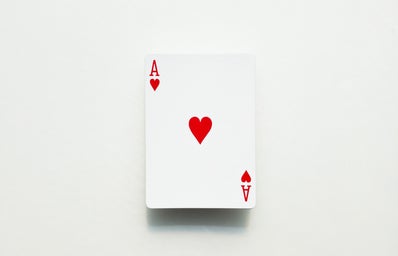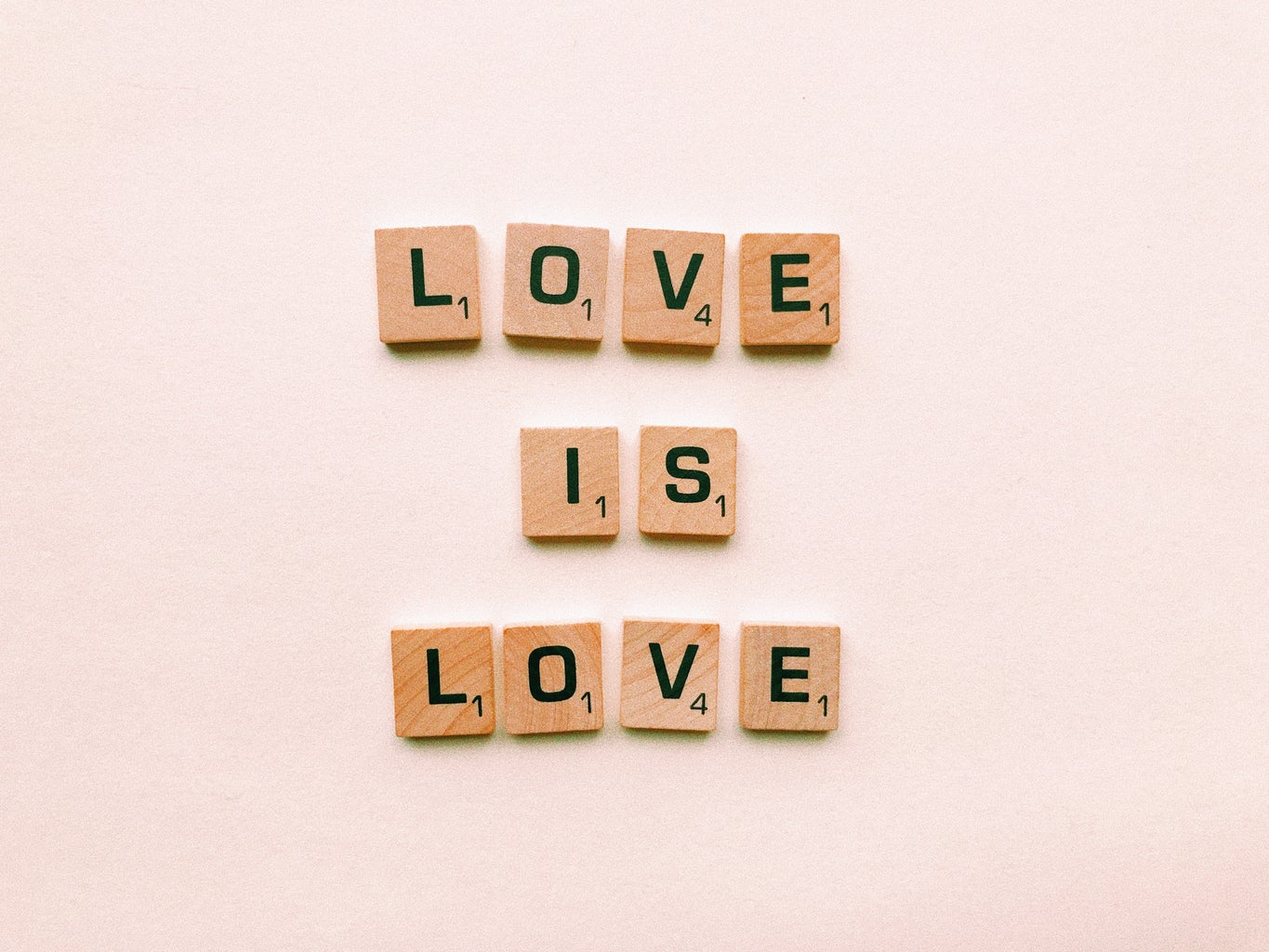In her most recent video, “Being Not Straight”, animation YouTuber Jaiden Animations came out as aromantic asexual: someone who experiences neither sexual nor romantic attraction.
As someone who has been watching Jaiden’s videos since middle school, and more importantly, as an aspec person myself, this news was met with pleasant surprise and glee. It’s not often that asexuality or aromanticism are topics brought up in conversation, usually contained to the nooks and crannies of mainstream media, and so to have representation from someone as well known as Jaiden is incredibly affirming.
While the video serves as a good introduction to the aroace identity, it’s very surface level and doesn’t go past being a brief foray. So, for those still left with lingering questions and who want to learn more, here’s the extended cut.
WHAT IS ASPEC?
Attraction is often characterized using a spectrum. Similar to a light spectrum, people can fall anywhere across it at different orientations, or even between them. “Aspec” is a term that is used to refer to someone who falls somewhere on the “A” side of this spectrum: asexual and aromantic.
It’s often assumed that romantic and sexual attraction go hand in hand. Someone who identifies as heterosexual (sexually attracted to the opposite gender) will likely also be heteroromantic (romantically attracted to the opposite gender). This is not always the case, however, as some people can have a sexual orientation that does not mirror their romantic one.
For example, a person might be pansexual but aromantic, meaning they are sexually attracted to others regardless of gender but would not be in a romantic relationship with any of them. On the other side, a biromantic asexual is someone who experiences romantic attraction to two or more genders but does not find any of them sexually appealing.
It’s helpful to imagine sexual and romantic attraction as two different sliding scales. Sometimes the dials are synced together, but other times one may slide in one direction while the other goes another way.
ASPEC MICROLABELS
There are many different prefixes that people use to describe their attraction. I already mentioned bi- and pan- earlier as examples, but this can be done with virtually any commonly used prefix normally applied to sexuality:
- Hetero — attraction to the opposite gender
- Homo* — attraction to the same gender
- Bi — attraction to two or more genders
- Pan — attraction regardless of gender
- Demi — attraction experienced only after a strong emotional connection is made
(*Some people have a negative association with the terms homosexual and homoromantic and would rather use “gay” instead (ex. gay asexual instead of homoromantic asexual). This is because these terms—mostly “homosexual”—have a history of being used to pathologize and stigmatize same-sex attraction.)
A lesser-known label is “gray”. Graysexuals and grayromantics feel attraction infrequently and/or minimally towards others. This term comes from the idea that sexuality isn’t black and white and that there exists a “gray” in-between zone that people can fit in.
Similarly, people who are ace or aroflux have a fluid orientation that can fluctuate along their respective spectrums. Some individuals who identify as flux have their orientation stay within the asexual or romantic spectrum, but others’ orientation may fall outside of it.
Sexuality is a nebulous thing. There are a vast number more specific microlabels outside of the typically used ones, ones that I simply don’t have the time or word count to define. However, it should be noted that finding the right label doesn’t always mean looking for the perfect cookie-cutter term for yourself. Some people like using very precise labels, but others find uber-specific labels stifling and opt to define themselves in broader terms like “queer”. Personally, I prefer no labels whatsoever, going by the “I like who I like and I do what I want” philosophy and only using “aspec” if I feel particularly pressed to be more definitive.
At the end of the day, what an aspec person is and decides to call themself is up to them, and only them.
COMMON MISCONCEPTIONS
With how unconventional and veritably unknown aspec identities are, it’s no wonder that a number of misconceptions exist.
The first is that asexuals don’t participate in sexual intimacy at all. Abstinence is a behavior, not an orientation. In reality, many asexuals may choose to have sex for various reasons, just as many non-asexuals abstain from it.
Asexuals can fall between three different categories: sex-repulsed, sex-indifferent, and sex-positive.
You can think of sex as like having a cup of coffee with someone. Lots of people enjoy drinking coffee, though some may choose not to drink it for religious reasons, health reasons, or otherwise. There are some who hate the taste of coffee and won’t drink it at all; they may order something else entirely or spend time with the person they’re seeing in other ways. Others don’t have any strong positive or negative feelings about coffee; they might just drink it for the caffeine, or have a cup every once in a while if the other person is ordering the same thing. Finally, some people might not like the taste of coffee, but perhaps they enjoy the emotional closeness of sitting down and sharing an experience with someone else.
A similar misconception is that aromantics don’t desire close relationships with others. Too often we hold romantic relationships as the pinnacle of human connection and romantic love as the strongest emotion you can feel about another person. This is far from the truth, both for people in and outside the aroace spectrum. Though aromantics do not desire romance, they still hold love and care for their friends and family.
Some aromantics feel friendship so strongly that they may even form queerplatonic relationships with other aromantic people. Inspired by the Boston marriage, QPRs are a deep commitment to another person or several people, often involving cohabiting without entailing anything romantic or sexual. These relationships have sometimes been described as “more than friends, but less than lovers”.
Of course, this quote is a little outdated, as we’ve already established that romantic love is not more valuable than platonic love, no matter how pervasive it is in our culture. Still, the visualization stands. Another phrase I’ve seen used is “loved the same amount, just differently”. The extent of care in a QPR is the same as a romantic one, but platonic instead.
Lastly, the most problematic misconception is that asexuality is caused by sexual trauma. While sex repulsion or indifference can be caused by trauma (such as Sexual Aversion Disorder), it’s irresponsible to boil all asexuals down to that monolith.
Many asexuals do not have histories of sexual trauma. More importantly, according to a study done on asexuals from eighty-nine different countries, asexuals that have experienced trauma often reported that they are pressured to have sex because “others perceive their lack of interest as suggesting they have not found the right person yet or need to have a good sexual experience”.
Furthermore, the proportion of asexual women who experienced non-consensual sex (12.2%) was lower than the average lifetime risk for all women (20.0%), in contrast to the 14.3% of asexual men who experienced non-consensual sex—double the lifetime risk of 7.1%. The study proposes that “cultural norms around male interest in sex may help explain why more males in this study reported non-consensual sex”.
Rather than asexuality being caused by trauma, data seems to suggest that trauma is done to asexual people due to a stigma and lack of understanding or acceptance from others. The misconception that asexuality is a result of negative experiences or having just not found the “right partner” yet is dangerous because it perpetuates a culture of skepticism and violence toward asexual people.
If there’s one thing to take away, it’s essentially that there is no perfect or “correct” blueprint for love. Sex and romance are not chained together. Take the existence of one-night stands as evidence of this: if sex without love can exist, then so can love without sex. One does not necessitate the other.
This is not to say that people can’t have preferences for what they want in a relationship, of course. If sex is very important to Person A but Person B doesn’t want to have it, it’s unfair to force either of them to concede to the other. That’s why it’s important to properly communicate your desires; either you will reach a happy compromise or you will come to the conclusion that your and your partner’s needs are too incompatible. The latter can often be disheartening, but I would argue that being in a relationship that requires you to do things you are uncomfortable with, especially in regards to sex, is far more unhealthy.
Nonetheless, just because a person has different needs from what is expected does not mean there is something wrong with them. The idea that romance and sex are required to be “human” is completely absurd when you consider the multitude of other things that define humanity, such as empathy, compassion, self-reflection, and morality.
Jaiden Animations did the aspec community a wonderful service by sharing her experience as an aroace individual and the journey of discovering her orientation. Exposing more people to the subjects of asexuality and aromanticism makes them less “niche” or unknown, which can assist other aspec people in being seen and help those who have been struggling with their own lack of attraction find comfort in the realization that they are not alone. Jaiden herself admits that things can get complicated when delving deeper into understanding one’s orientation; with support from the outside, it’s less of a daunting task.
Hopefully, this article too helped you understand a little bit more about people who identify somewhere on the a-spectrum, or maybe discover something about yourself.








